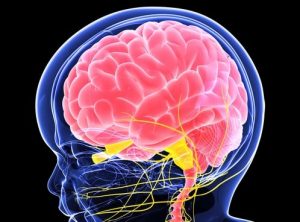Absence Seizure
Absence Seizure
Absence seizure define as sudden loss of consciousness. Children are more affected to this seizure than adults. It occurs for few second patient experienced that he or she is gazing blankly into environment for a few seconds. Then after a few seconds seizure become completely disappeared. In this seizure, there is no risk of physical injury.
They can be treated with anti-seizure drugs.
Symptoms
Symptoms of absence seizure are complicated and mistaken for other conditions.
- Finger rubbing
- Eyelid flutters
- Sudden stop in motion without falling
- Small movements of hands
- Chewing motion
Patient doesn’t remember the activities during seizure attack. It may occur many times during a day which may disturb the school and daily activities.
Causes
- Genetic predisposition
- Altered brain activity
- Abnormal chemical messengers’ activity in brain
- Over activated nerve impulse
Complications
Following are the complications of absence seizures:
- Social isolation
- Difficulties in studies
- Attitude and behavioral changes
Diagnosis
Diagnosis is made by your doctor by thorough examination. Following tests may also include:
- EEG to check the brain electrical activity.
- Brain scan to rule out any tumor or mass in the brain substance.
Treatment
Absence seizure generally treated well with anti-seizures drugs. Doctor prescribed the lower dose first then increases the doses as needed.
Drugs included:
- Valproic acid
- Lamotrigine
- Ethosuximide
Home remedies
- Dietary control: start the ketogenic diet which contain the low carbohydrate and high fat.
- Take proper amount of sleep.
- Take medications properly
- Don’t involve in risky activities like swimming and driving.
